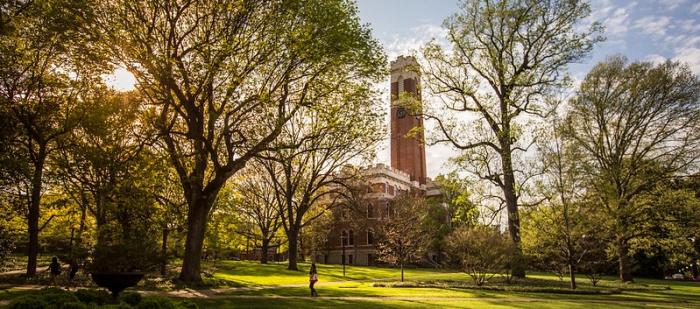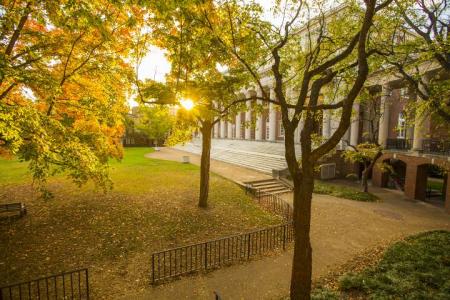You are here
Vanderbilt University Arboretum

Vanderbilt University Arboretum
For almost 150 years, the Vanderbilt University Arboretum has helped define the character of the university’s campus as a forested oasis within urban Nashville. Through the vision of Vanderbilt co-founder Bishop Holland McTyeire, thousands of trees planted early in the university’s history now form the core of the arboretum’s mature specimens. McTyeire first referred to Vanderbilt’s trees as an arboretum in 1879. Since its founding, university has continued to expand the arboretum through ongoing planting efforts and strategic planning.
The university’s arboretum collection now contains approximately 6,000 trees, with a focus on native and adapted species to the middle Tennessee region. However, with more than 150 species, there are some unique specimens selected for their interest. These trees cover the over 300 acres of the Vanderbilt University grounds. The oldest, and most famous, of the collection is the Bicentennial Oak, a Bur Oak dating back to before the American Revolution. The most common species in the arboretum is Magnolia grandiflora, with over 500 representatives. There are 16 species of oaks on campus—the most common genus on campus—with willow and pin oaks being the most common. Though the symbol of Vanderbilt is the white oak tree leaf and acorn, there are only 53 white oak trees on campus.



